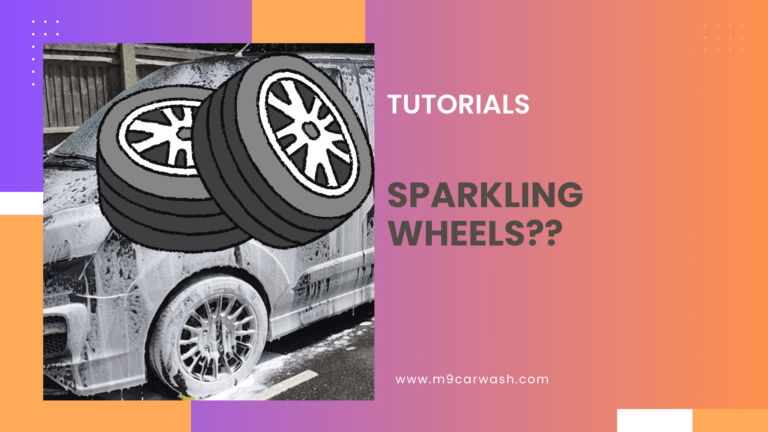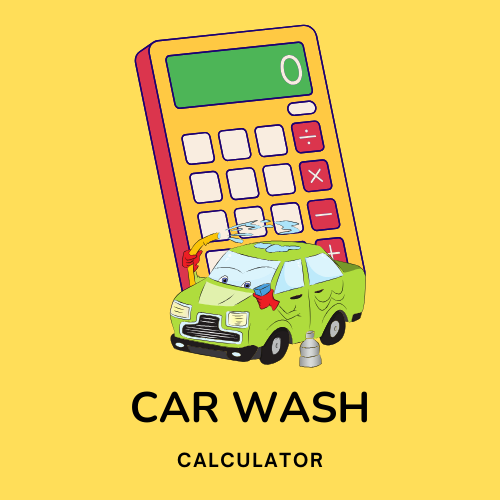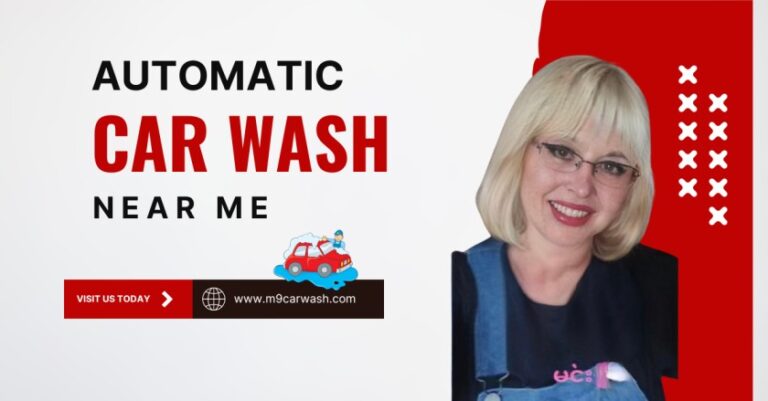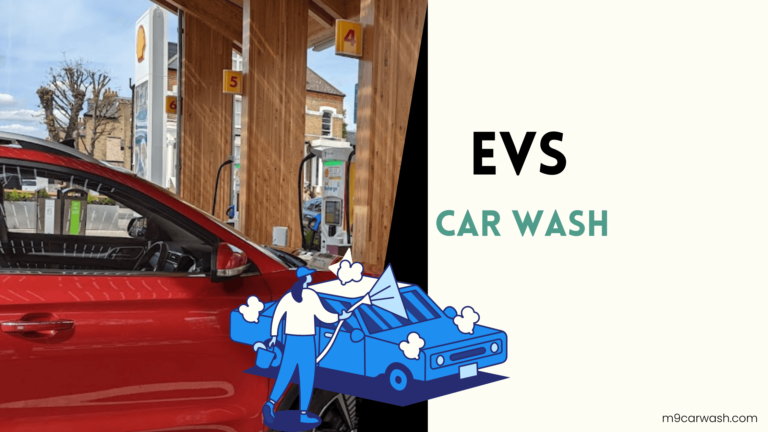Yes, car washes can scratch your car, especially those with abrasive brushes or poorly maintained equipment. Automatic car washes with rotating brushes can create swirl marks or fine scratches. To minimize this risk, choose a touchless or hand wash, and ensure the car wash is well-maintained.
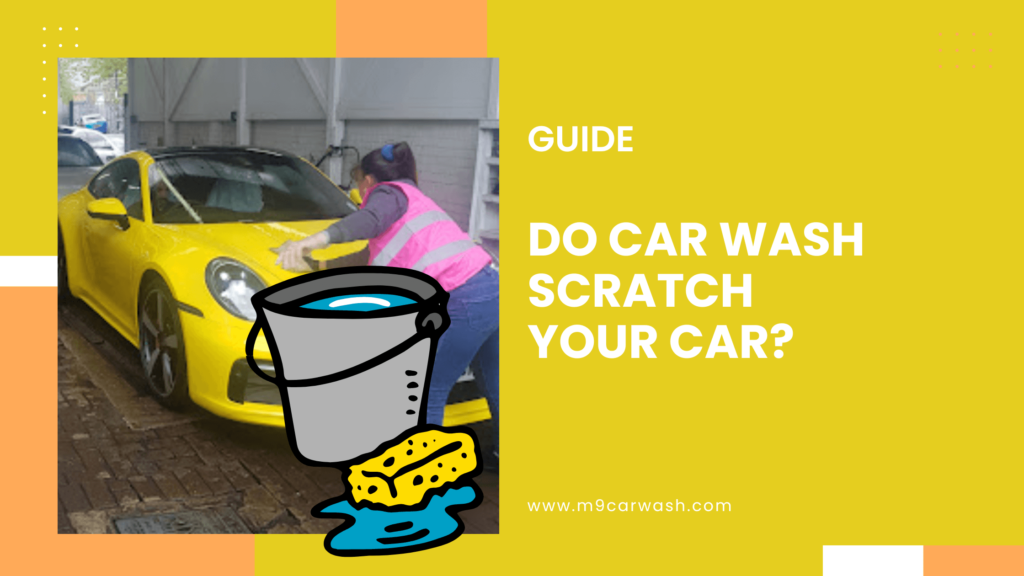
Types of Car Washes and Paint Safety
- Automatic
- Touchless, and
- Hand washes.
Each type has its pros and cons.
Automatic car washes often use brushes that can create swirl marks and tiny scratches if they aren’t maintained properly.
On the other hand, touchless car washes use high-pressure water jets and detergents but avoid brushes altogether, making them safer for the paint.
Hand washing can be the gentlest method, especially if I use microfiber towels and a two-bucket system to separate clean and dirty water.
This can help prevent degradation of the paint finish over time.
What Types of Brushes Cause Car Scratches?
Brushes made of stiff nylon, plastic bristles, or poorly maintained brushes with dirt and debris can cause scratches on a car’s surface.
Rotating brushes in automatic car washes are more likely to create swirl marks or scratches.
To avoid damage, opt for microfiber or foam brushes, which are gentler on the car’s paint.
Brushes in traditional car washes can be a real concern for my car’s surface.
They can pick up dirt and debris from previous vehicles, which can lead to micro-scratches on my paint. If a brush is worn out or dirty, it’s even worse.
Those scratches may look small, but over time, they can add up and ruin the shine of my car. If I opt for an automatic car wash, I need to pay attention to how well they maintain their equipment.
Using a clean and soft brush makes a big difference.
To avoid scratches, I think it’s better to consider touchless car washes or hand washing where I control the process.
How to Avoid Common Washing Mistakes?
- First, you must avoid washing your car while the surface is hot, like after a sunny day. The heat can lead to water spots and streaks. Secondly, I should never skip drying my car after washing. Leftover water can lead to water spots that can be hard to remove.
- Using a clean, soft microfiber towel is key for drying.
- Lastly, overlooking regular maintenance of my car wash equipment can backfire. Things like worn-out sponges or brushes must be replaced to ensure they don’t harm the paint finish.
Hand Washing vs. Automated Car Washes
I prefer hand washing my car over using automated car washes. Hand washing gives me control over the tools and products I use.
I start with a two-bucket method. One bucket holds soapy water, and the other is for rinsing my wash mitt. This helps prevent dirt and grit from scratching the paint.
Automated car washes can be convenient but often use abrasive brushes. These brushes can create micro-scratches on the surface if they are not well-maintained. If I do use an automated wash, I choose touchless options.
They use high-pressure water and soap without brushes, which helps protect my car’s finish.
What Tools Should I Use for Car Washing?
I always use a soft wash mitt instead of a sponge.
Wash mitts can trap dirt better and minimize the risk of scratches.
For soap, I go with a pH-balanced car wash soap that’s designed to lift dirt without stripping wax.
You can also make sure to use soft microfiber towels for drying.
If I use towels that are too rough or dirty, they could leave scratches or water spots.
Also keep separate buckets for washing the wheels, as they collect a lot of debris.
Proper Drying Techniques to Prevent Scratch
After washing the car, drying it correctly is crucial to avoid water spots and scratches. Always use clean microfiber towels and gently pat the surface dry, instead of dragging the towel across the paint.
This technique helps avoid swirling and scratching.
If the weather is warm and sunny, wash the car in the shade.
Sunlight can cause soap to dry too quickly and leave marks.
For those hard-to-reach areas, use a leaf blower to remove excess water.
This method helps to dry the car without risking scratches from a towel.
Advanced Coatings and Sealants
Ceramic coatings can offer long-lasting protection against scratches and environmental damage – It create a barrier that repels water, dirt, and other contaminants.
This makes cleaning easier and helps keep the paint looking new.
In addition to ceramic coatings, using sealants and quality wax can also protect the car’s paint.
These products fill in any minor imperfections and add a barrier that shields against UV rays. Personally, I apply wax every few months, you can do more or less according to your preferences.
When to Consider Professional Detailing?
A full detail can help eliminate stubborn stains and scratches that I can’t handle at home.
This service usually includes thorough cleaning of the interior as well, keeping everything fresh and tidy.
I also recommend professional detailing for seasonal maintenance.
Before winter, a good detail helps prep the car for harsher conditions.
After winter, I get the detailing done to remove salt and grime that could harm the vehicle’s finish.
Will my insurance cover scratches from a car wash?
Typically, if you get scratches from a car wash, it may not be covered by insurance. It depends on your policy. You might wanna check with your provider to see what is included.
What is the safest car wash method for my vehicle’s paint?
Hand washing is often considered the safest method. Using a mild soap and a soft sponge can help avoid scratches. Touchless car washes can also reduce contact, which can be gentler on your paint.
Can automatic car washes cause damage to a car’s paint?
Yes, automatic car washes can cause damage.
Some use abrasive brushes that may scratch the surface. It’s essential to choose a wash that uses soft materials to minimize damage.
Generally, touchless car washes are easier on the paint since they do not use physical brushes. Instead, they rely on high-pressure water and soap, which can reduce the risk of scratches.
To reduce scratches while washing, use a two-bucket method: one for soapy water and the other for rinsing your sponge.
Always use clean, soft materials and wash your car in a shaded area to avoid water spots.

